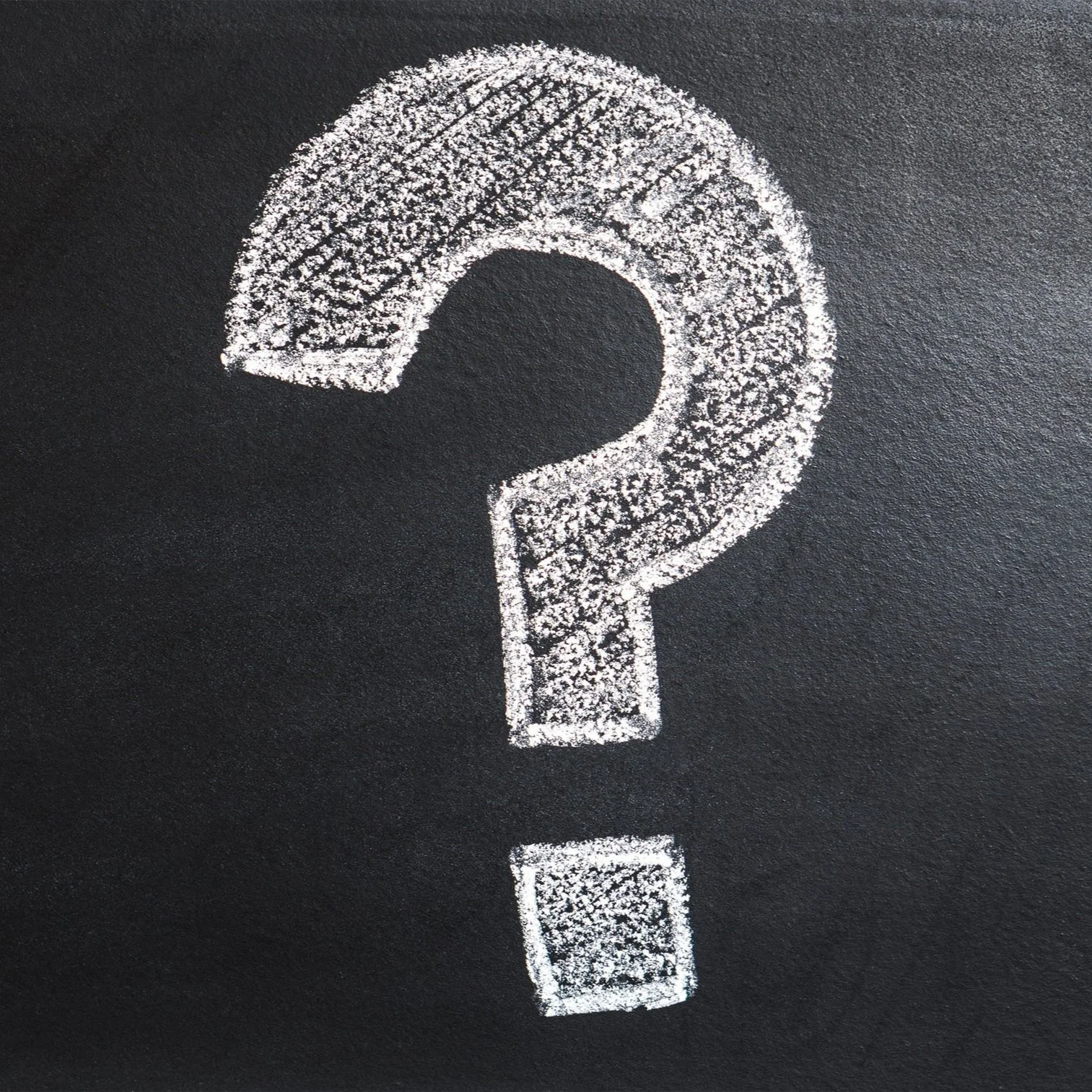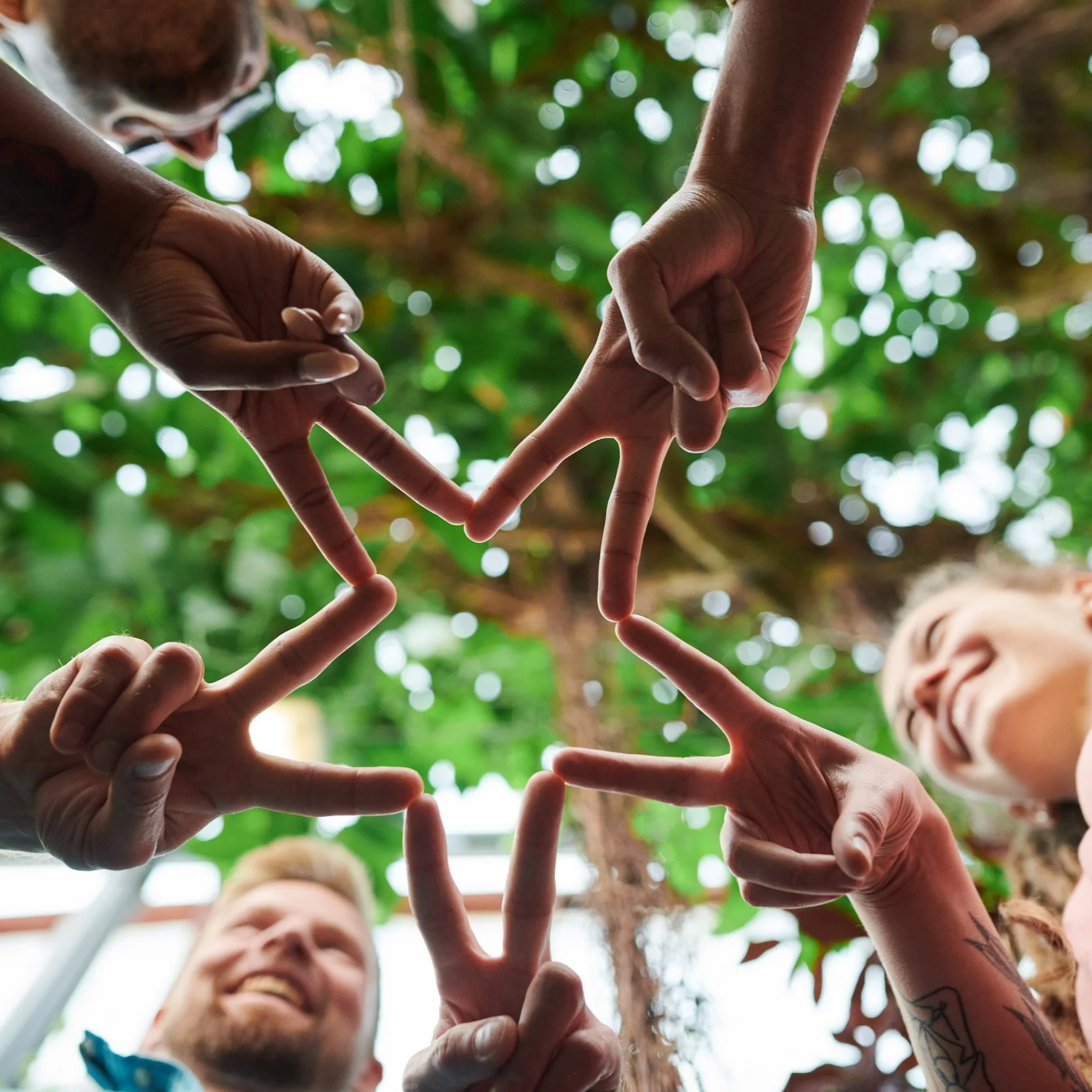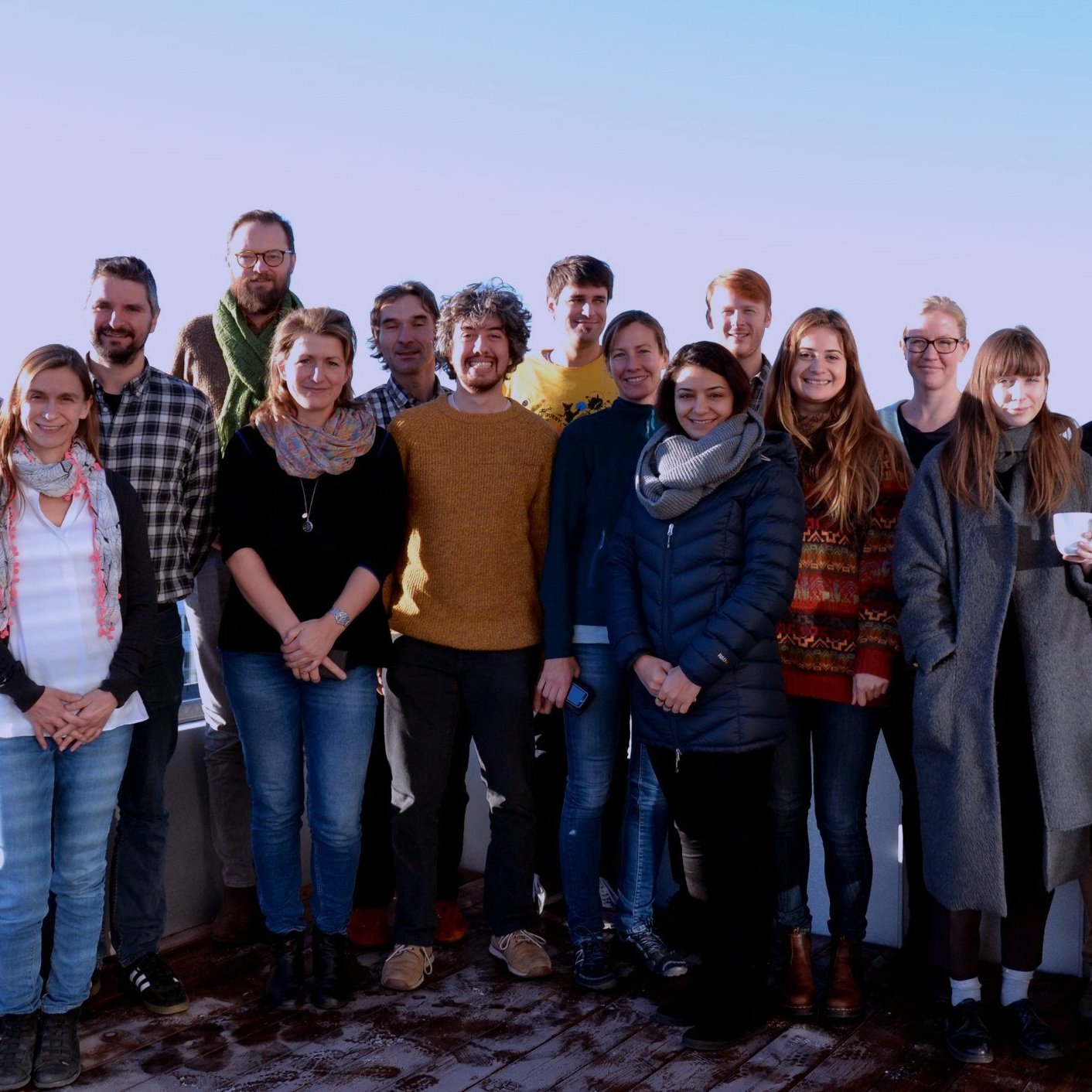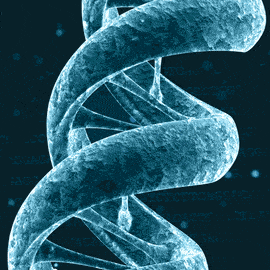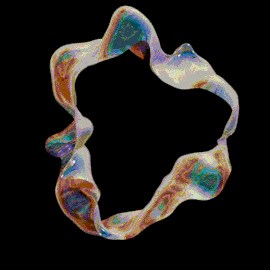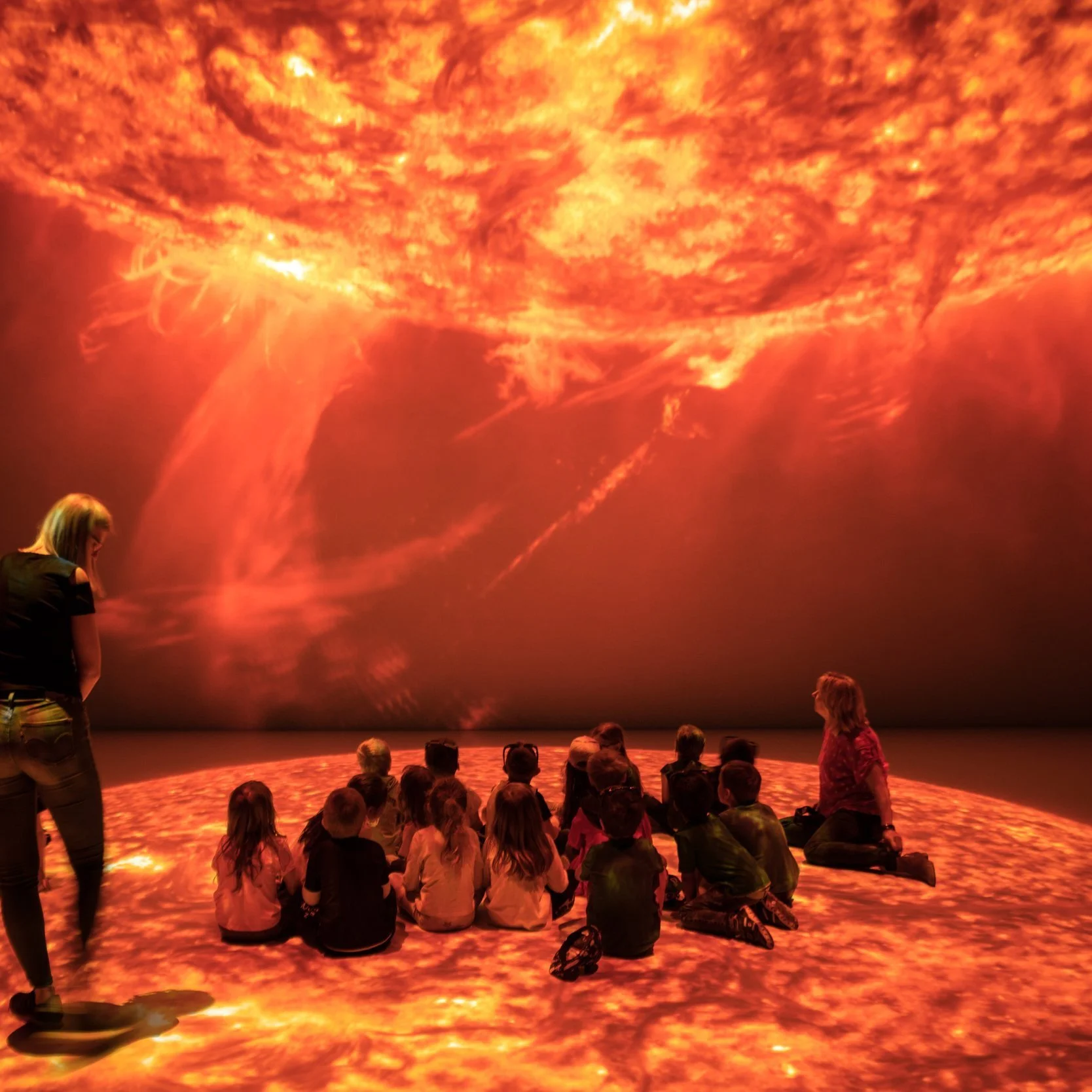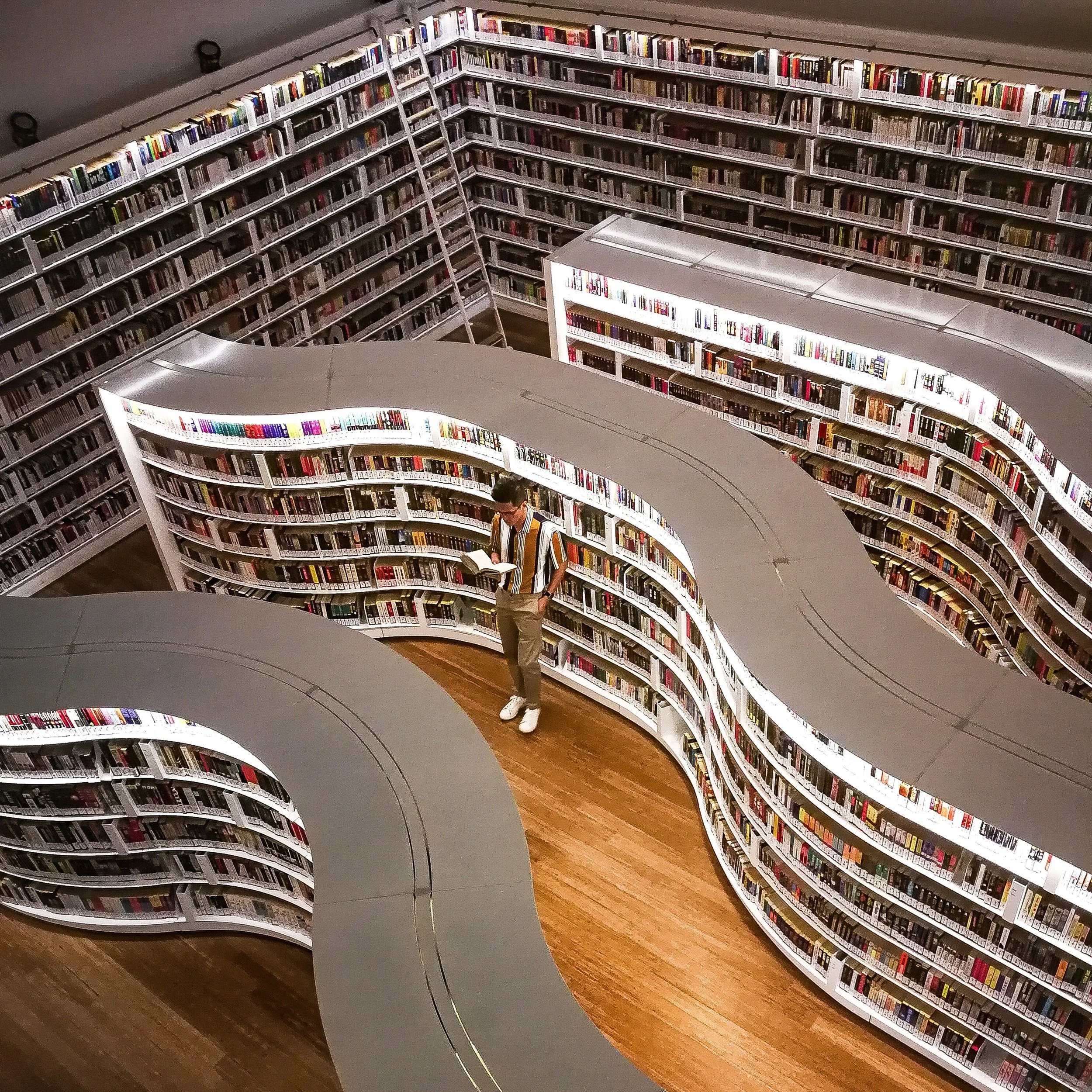On June 4th – 6th 2018, the first LINXS workshop on the DYNAMICS Theme entitled “Dynamics of Biological Macromolecules” took place as a lunch-to-lunch meeting at Skissernas Museum (www.skissernasmuseum.se) in Lund.
This workshop addressed the characterization and understanding of the dynamic properties of important biological components such as globular proteins or monoclonal antibodies. The aim was to bring together leading scientists from different fields such as soft matter physics, biology and pharmaceutical sciences, with expertise in experiments, theory and computer simulations. While the use of neutrons and x-rays and the development of novel methodology was in the focus of the workshop, it also featured other, complementary experimental techniques. The breadth of the field was also reflected in the audience the topic had attracted (total number of participants: 95), which contained scientists from all levels from various university faculties, industry, large scale facilities etc, from Lund (41) as well as from outside of Lund (54).
The workshop was centered around four main topics, comprising the ‘Dynamics of proteins in crowded and confined geometry’, ‘Dynamics of intrinsically disordered proteins’, ‘Antibody dynamics and internal motion in proteins’, and ‘Protein dynamics and drug discovery’. A total of 13 keynote presentations by invited speakers from all over the world, 9 contributed talks and ca. 20 poster contributions guaranteed that all these aspects were represented and discussed.
The Director of LINXS, Prof. Peter Schurtenberger, opened the event with a Welcome and Introduction to LINXS. On the first afternoon we had four keynote lectures related to intrinsically disordered proteins, presented by Dr. Andreas Stadler from FZ Jülich, Germany (“Dynamics of intrinsically unfolded and partially folded proteins: Insights gained by quasielastic neutron scattering”), Prof. Ben Schuler from Zürich University, Switzerland (“Dynamics and interactions of disordered proteins from single-molecule spectroscopy”), Dr. Malene Jensen from Univ. Grenoble Alpes, CNRS, France (“Visualising the structure, dynamics and interaction mechanisms of intrinsically disordered proteins by NMR spectroscopy”), and Prof. Kresten Lindorff-Larsen from Copenhagen University, Denmark (“Comparing molecular simulations with NMR and SAXS measurements: A cautionary tale”), as well as 3 contributed talks. The day ended with a poster session with drinks and nibbles.
The morning of the second day was devoted to the dynamics of antibodies and the internal motion in proteins. We had three keynote lectures, given by Dr. Ralf Biehl from FZ Jülich, Germany (“Neutron Spinecho Spectroscopy: Protein internal dynamics, forces and friction”), Prof. Christopher Roberts, Univ. Delaware, US (“Combining scattering and coarse-grained molecular models to quantify and predict thermodynamic and dynamic contributions to antibody self-interactions and solution properties”), and Prof. Emanuela Zaccarelli, Univ. La Sapienza, Italy (“Computer simulations of antibody solutions: from structure to dynamics”), and one contributed talk.
After the presentations, Prof. Dieter Richter (as the chair) and Prof. Peter Olmsted, two members of the LINXS Dynamics Core Group, organized a 1.5 hrs Round Table Discussion, which started with short presentations of all keynote speakers on their personal view, visions and wishes with respect to the future of the biomolecular dynamics topic. The presentations were followed by lively discussions of all the participants. Subsequent to the workshop, Prof. Dieter Richter and Prof. Peter Olmsted put together a 3 page summary of the outcome of this Round Table Discussions, which was then sent out to all the participants of the workshop. It starts with an introduction on the ‘State of the art’, and continues with a detailed description of the ‘Challenges’ and the ‘Needs for the future’. Finally, the document gives an excellent overview of the role that LINXS may play in the future to further support this important scientific area and will serve as a roadmap for following LINXS activities. Respective examples are:
• Providing instrument scientists at MAX IV and ESS a scientific home
• Support software development for advanced data analysis
• Links between ESS & MAX IV to universities via Masters programs.
• Develop standard proteins to study and methods for allowing many people to work on the same molecules. Get materials, organize teams and round-robin methods;
• Define a broad-reaching project with many groups that can catalyse an important flagship project. LINXS can fund post-docs, travel expenses, etc. for such an effort.
After the lunch break of this second day, three keynote speakers, Prof. Jeffrey Skolnick from Georgia Institute of Technology, US (“Interplay of gating and hydrodynamic interactions in crowded protein solutions”), Prof. Robin Curtis from Univ. of Manchester, UK (“Prediction of concentrated solution properties for monoclonal antibody solutions”), and Prof. Laurence Lurio from Northern Illinois University, US (“X-ray Photon Correlation Studies of Diffusion in Concentrated Protein Suspensions”), and two participants with contributed talks presented their work related to the dynamics of proteins in crowded and confined geometry. The scientific program of the day was concluded by Prof. Jeremy Smith from Oak Ridge National Laboratory with his keynote lecture on “Neutron scattering and drug discovery”, before a short break allowed the participants to prepare for the conference dinner.
The scientific part of the last day started with a keynote lecture on the protein crowding topic by Dr. Stéphane Longeville from LLB Saclay (“Diffusion of oxygen transport proteins and the dynamics of O2 capture by red blood cells”), followed by 3 contributed oral presentations, and ended with a keynote lecture by Prof. Arwen Pearson from University of Hamburg, Germany, on “Photocages and beamlines: new tools for time-resolved structural biology”. The workshop was then finished with some concluding remarks by Prof. Peter Schurtenberger, followed by lunch.
It was the combination of the excellent scientific presentations of the invited keynote speakers and contributed speakers, the numerous contributions to a lively discussion and the participants’ enthusiasm for this highly interdisciplinary field of science that allowed for a remarkably successful event.
We hope that this will not only be remembered as an excellent single event, but hope that it can serve as a starting point for future joint scientific activities that will help us to make significant progress in this fascinating area of science. LINXS will make an effort to help this community in coordinating and supporting future activities.
Notes from Round-table discussion
Local Organizing Committee / Working Group Members:
Anna Stradner (Physical Chemistry, Lund University)
Ann Terry (MAX IV, Lund University)
Mikael Akke (Biophysical Chemistry, Lund University)
Mikael Lund (Theoretical Chemistry, Lund University)
Key statistics:
Total attendance: 95 participants (60 men, 35 women), 54 external and 41 from Lund University (6 from medical faculty; 28 from science faculty; 4 from LTH and 3 from other LU institutions)
Total number of keynote speakers: 13 (10 men, 3 women)
Total number of contributed talks: 9 (8 men, 1 woman)


